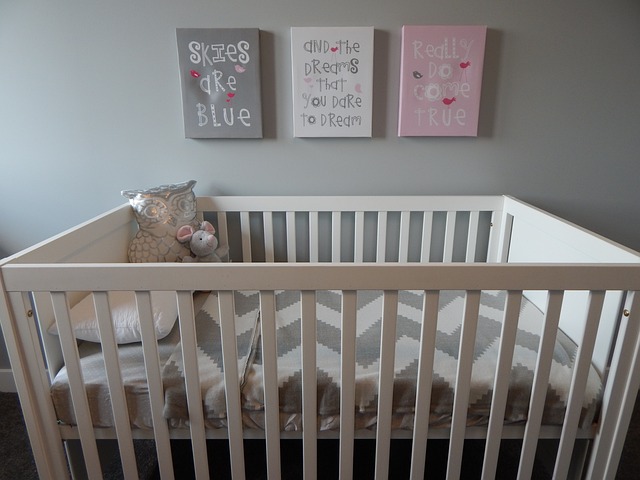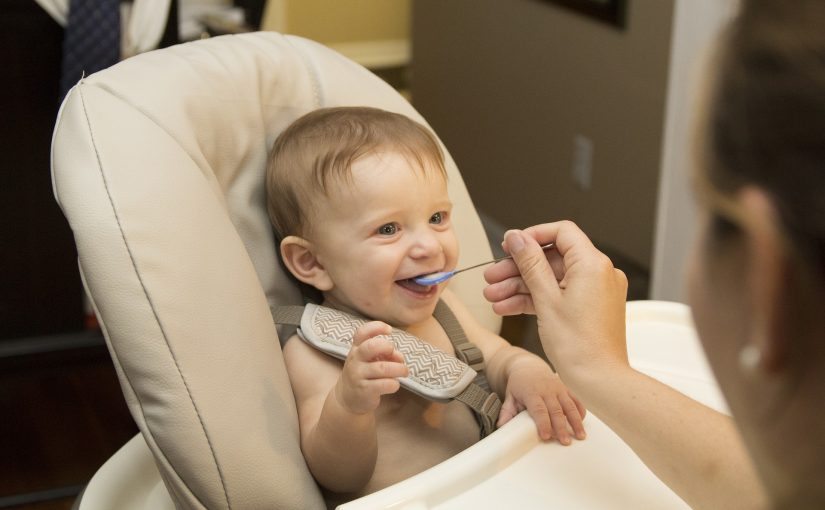As a new parent, you are likely spending a lot of time thinking about how to make your little one comfortable and safe. One key to good sleep is ensuring that baby’s bed is properly outfitted. One important component of a baby’s crib or cot is the fitted sheet.
When it comes to fitted cot sheets, there are a number of factors to consider. First and foremost, you want to make sure that the sheet fits tightly and securely over the mattress. This helps to prevent bunching or slipping, which could be dangerous for a baby.
Another key factor is the material that the sheet is made from. Cotton is a popular option, as it is soft, breathable, and easy to clean. You may also want to consider bamboo or other materials that are known for their hypoallergenic properties.
When shopping for fitted cot sheets, you will likely notice that they come in a variety of sizes. It is important to make sure that the sheet you select is the correct size for your particular cot or crib. A sheet that is too small may not stay in place, while a sheet that is too large could pose a suffocation hazard.
Another important consideration is the thread count of the sheet. This refers to the number of threads woven into a square inch of fabric. Higher thread counts are generally associated with a softer, more durable sheet. However, keep in mind that a very high thread count may not be necessary for a baby’s cot, as they are not as heavy as adult bodies.
When it comes to shopping for fitted cot sheets, there are plenty of options available both in-store and online. Many retailers offer a variety of colors, patterns, and materials to choose from. When selecting a sheet, consider not only your own preferences, but also what will be most comfortable and soothing for your baby.
Once you have selected the perfect sheet for your baby’s cot, it is important to properly care for it to ensure longevity. This means washing it regularly at least once a week in hot water and drying on a low heat setting. Avoid using fabric softeners or bleach, as these can damage the fibers over time.
In addition to proper care, you may also want to consider purchasing multiple fitted cot sheets. This allows you to rotate them out as needed, which can be especially helpful if your baby tends to have frequent accidents or spills.
Fitted cot sheets are an important component of any baby’s sleeping arrangements. They can help to ensure a safe and comfortable sleeping environment, while also allowing parents to personalize their baby’s bedding. By taking the time to select a quality sheet and care for it properly, you can help to ensure that your little one sleeps soundly and comfortably.




